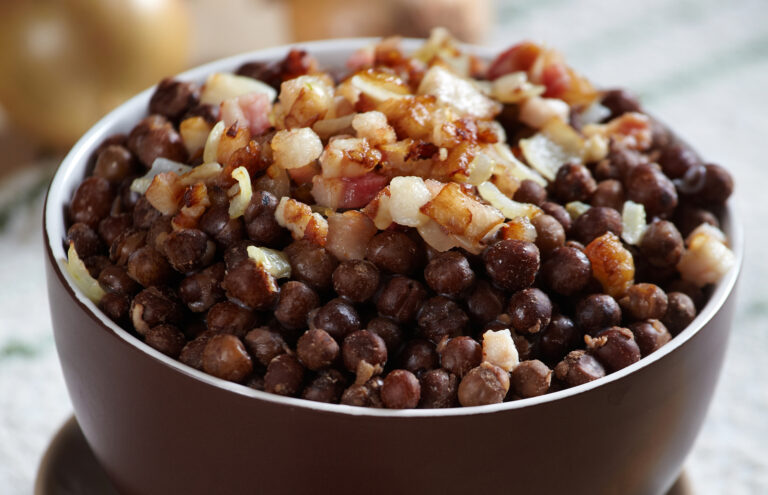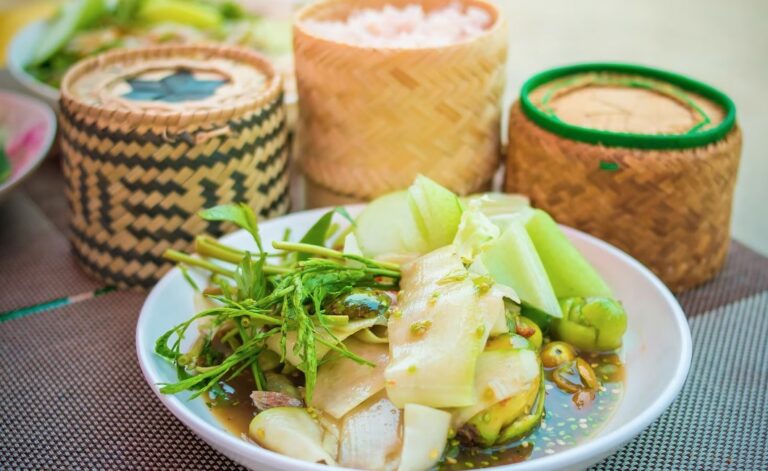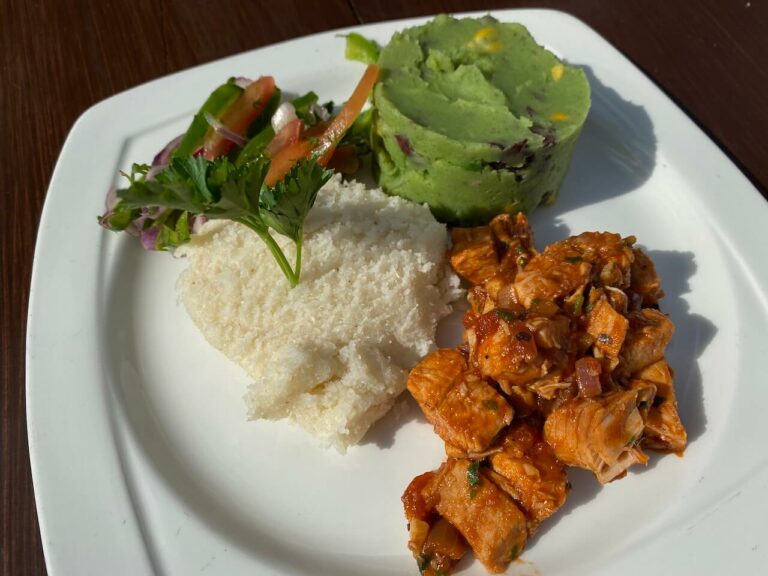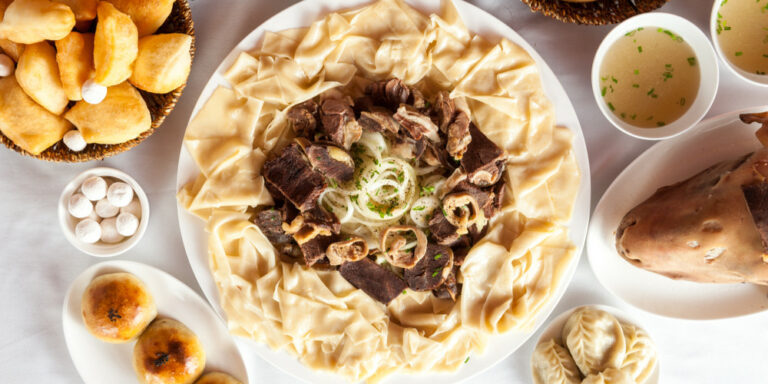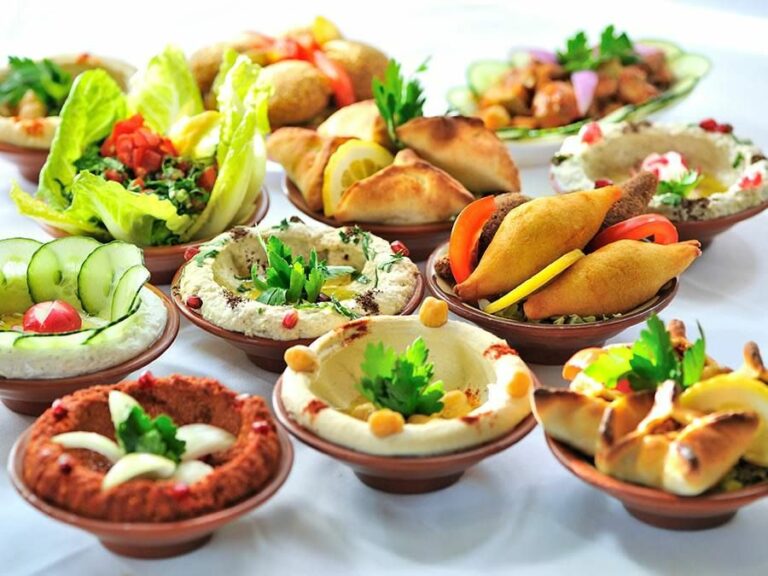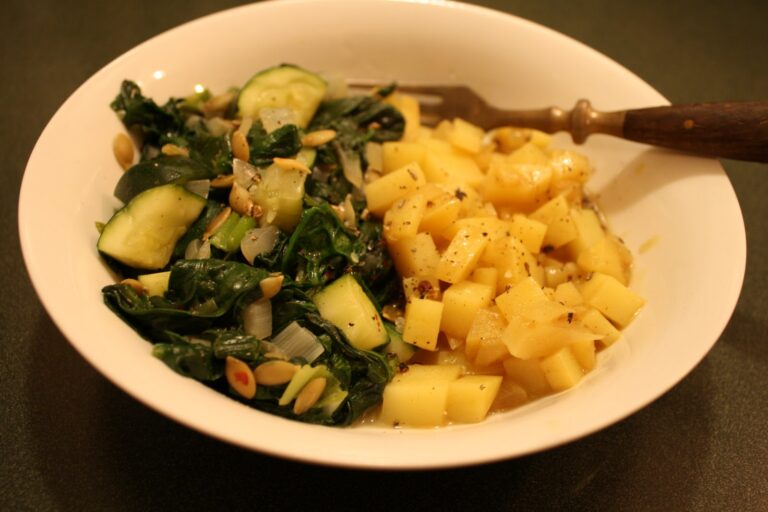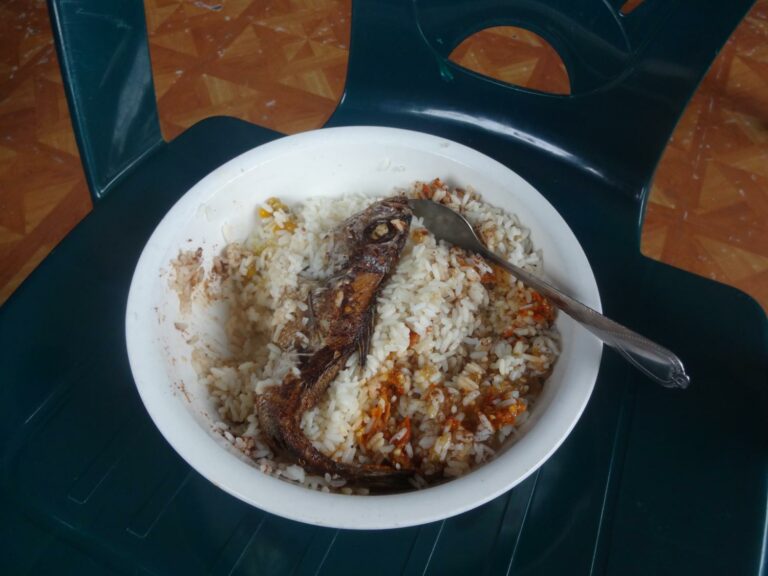Introduction: Kazakh Cuisine
Kazakh cuisine is a blend of nomadic and settled cultures that has been influenced by the country’s geography, history, and climate. The country’s traditional dishes are rich in meat, especially beef, lamb, and horse, and dairy products such as milk, cheese, and yogurt.
Kazakh cuisine also includes a variety of vegetables and grains, including potatoes, carrots, onions, wheat, and rice. The food is often cooked in a simple, hearty style that reflects the harsh living conditions of the country’s nomadic ancestors.
Sour Cream: A Staple Condiment
Sour cream is a staple condiment in Kazakh cuisine, and is used as a base for many sauces and dips. It is often served with soups, stews, and meat dishes, and is even used as a topping for sweets like fruit and pastries. The sour cream used in Kazakh cuisine is thicker and tangier than the American version, and is often made from sheep’s milk.
Sour cream is also used as a base for a popular sauce called kymyz sauce, which is made by mixing sour cream with kymyz, a fermented horse milk drink. This sauce is often served with boiled or fried meat dishes, and adds a tangy and slightly sour flavor to the meal.
Tomato-Based Sauces: Adding Flavor
Tomato-based sauces are another common condiment in Kazakh cuisine. These sauces are typically made by simmering tomatoes, onions, and spices until the mixture is thick and flavorful. The sauce is then used as a base for stews, soups, and meat dishes.
One popular tomato-based sauce is called achik-chuchuk, which is made by mixing chopped tomatoes, onions, and herbs like cilantro and mint. This sauce is often served as a side dish with meat dishes, and adds a fresh and tangy flavor to the meal.
Caramelized Onion Sauce: A Sweet Option
Caramelized onion sauce is a sweet option that is often served with meat dishes in Kazakh cuisine. The sauce is made by cooking onions until they are golden brown and caramelized, and then mixing them with sugar, vinegar, and spices like cumin and coriander.
This sauce is often served with grilled or roasted meat dishes, and adds a sweet and savory flavor to the meal. It is also sometimes used as a dipping sauce for breads and other appetizers.
Herbs and Spices: Enhancing Dishes
Herbs and spices play an important role in enhancing the flavor of Kazakh dishes. Common herbs used in Kazakh cuisine include cilantro, dill, parsley, and mint. Spices like cumin, coriander, and paprika are also used to add depth and complexity to dishes.
One popular herb and spice mixture is called zhereby, which is made by grinding together coriander seeds, cumin seeds, and garlic. This mixture is then used as a seasoning for meat dishes, and adds a fragrant and spicy flavor to the meal.
Fermented Foods: A Tart Twist
Fermented foods are another common element of Kazakh cuisine. These foods are often used to add a tart and tangy flavor to dishes, and are made by fermenting milk, vegetables, or grains.
One popular fermented food in Kazakh cuisine is shubat, which is a fermented camel milk drink that is often served as a refreshing beverage. Another popular fermented food is kymyz, which is a fermented horse milk drink that is used in sauces and dips. These fermented foods add a unique and distinct flavor to Kazakh dishes, and are an important part of the country’s culinary tradition.


